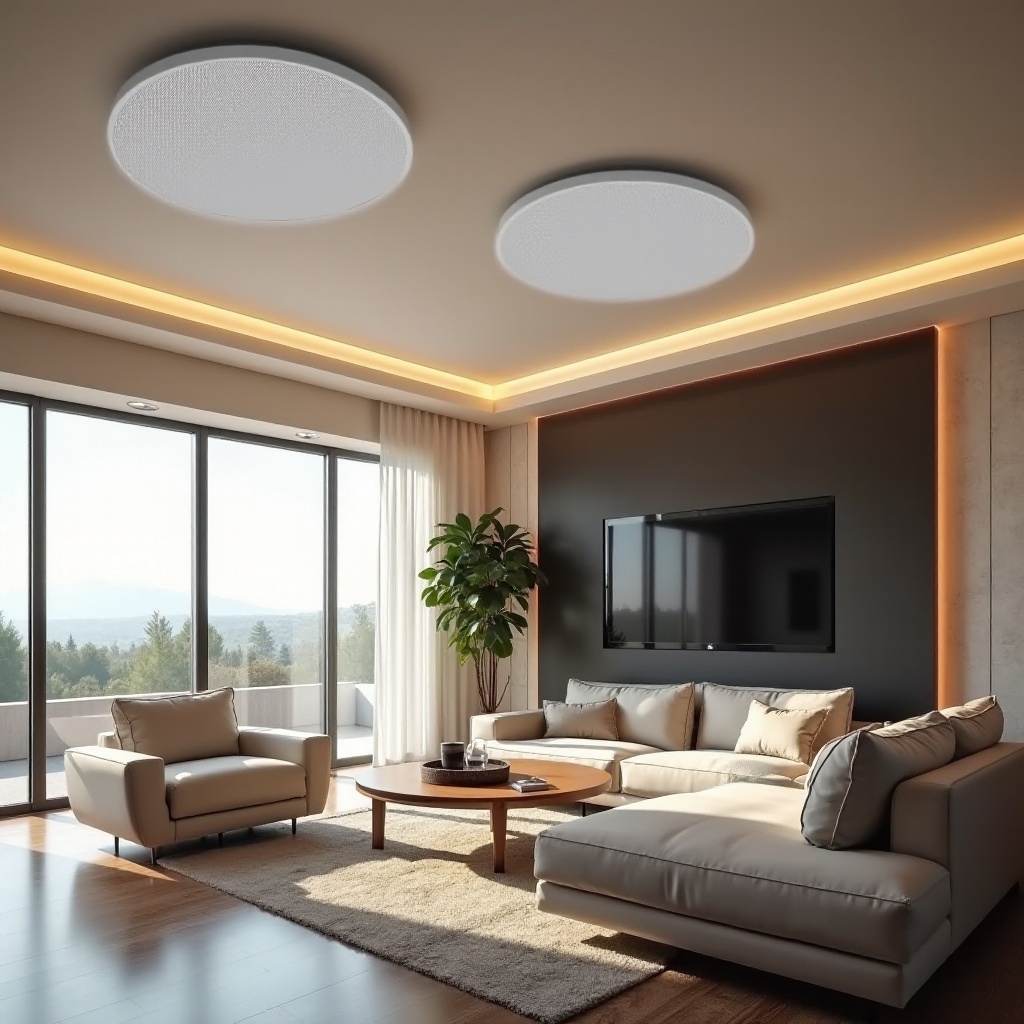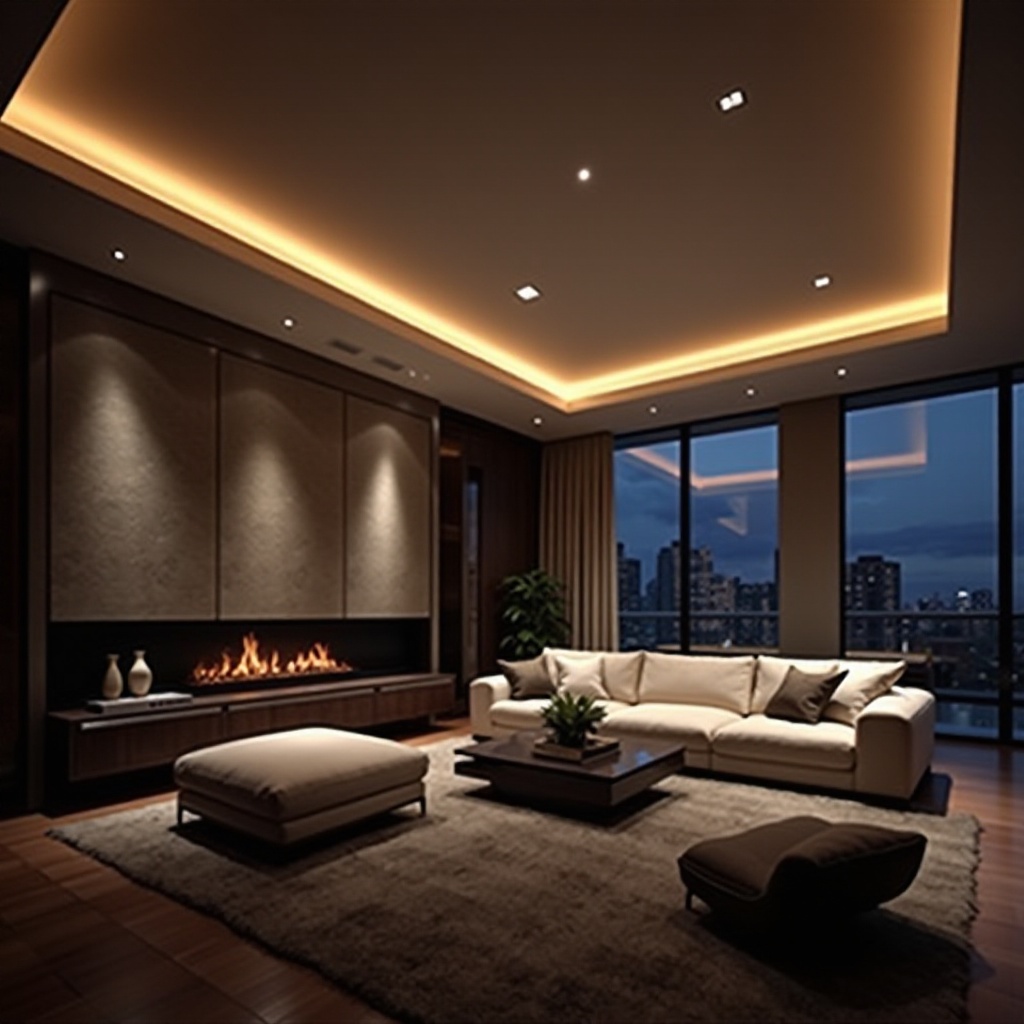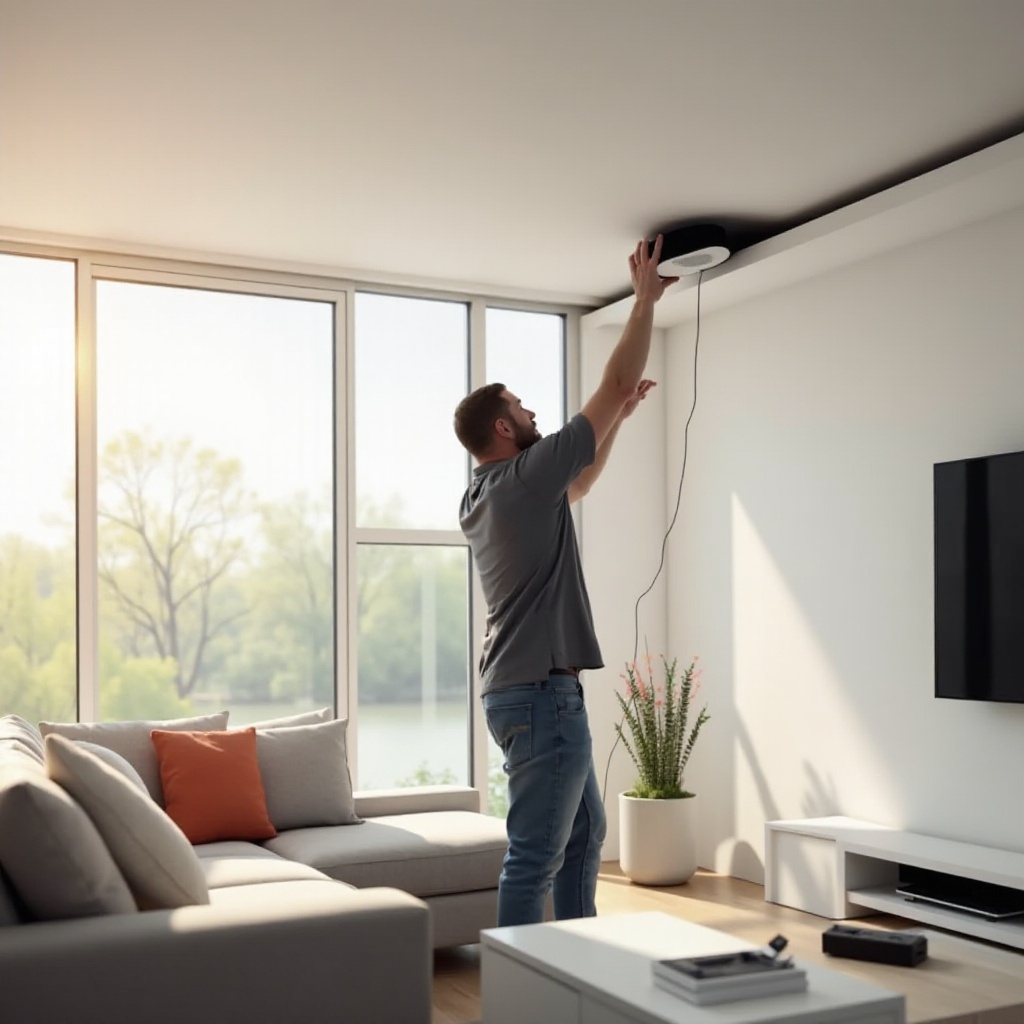Introduction
In-ceiling speakers have revolutionized home theater setups, bringing immersive 3D audio technology like Dolby Atmos into our living rooms. With numerous options available, selecting the perfect speakers can be daunting. This guide provides an in-depth look at in-ceiling speakers, their role in Dolby Atmos setups, and reviews of the best models to elevate your audio experience.

Understanding Dolby Atmos and In-Ceiling Speakers
Dolby Atmos technology enhances sound by adding a vertical component, making audio feel three-dimensional. Traditional surround sound systems only offer a horizontal audio perspective, whereas Atmos includes height, creating a more immersive experience. In-ceiling speakers are essential for delivering these overhead effects, making the sound seem as though it is coming from above.
Not all in-ceiling speakers are suited for Dolby Atmos, making the right choice critical for optimal performance. By choosing the right speakers, you can elevate your experience when watching movies, listening to music, or playing games, as intended by the creators.

Key Features to Look for in In-Ceiling Speakers
When narrowing down your choices for Atmos-compatible in-ceiling speakers, consider these essential features:
- Sound Quality: Find speakers with wide frequency response and clear audio for the best immersive experience.
- Power Handling: Ensure the speakers can handle your amplifier’s power output to avoid damage and ensure consistent performance.
- Ease of Installation: Opt for models with straightforward installation kits to simplify setup.
- Adjustable Tweeters: For better sound orientation, select speakers with directional tweeters, crucial for Atmos overhead effects.
- Build Quality: Durable materials and good construction extend the longevity of your speakers. Moisture-resistant models are ideal for humid environments.
- Compatibility: Make sure the speakers integrate well with your existing audio system to avoid compatibility issues.
By focusing on these attributes, you can choose the best speakers to fit your needs while enhancing your Dolby Atmos setup.
Top 5 In-Ceiling Speakers for Atmos
Here are the top five in-ceiling speakers, evaluated for sound quality, features, ease of installation, and pros and cons.
Brand 1: Polk Audio RC80i
Model Overview: The Polk Audio RC80i features an 8-inch dynamic balance woofer and a 1-inch tweeter. Praised for its sound quality, it’s popular for Atmos configurations.
Key Features:
– Frequency Response: 35Hz – 20kHz
– Power Handling: 20-100 watts per channel
– Moisture-resistant
Pros:
– Excellent sound clarity
– Easy installation
– Good value for price
Cons:
– Larger footprint
– May need a subwoofer for deep bass
Brand 2: Klipsch CDT-5800-C II
Model Overview: Offering premium audio with an 8-inch woofer and 1-inch titanium tweeter, the Klipsch CDT-5800-C II is designed for high performance.
Key Features:
– Frequency Response: 49Hz – 23kHz
– Power Handling: 50-200 watts
– Controlled Dispersion Technology
Pros:
– Superior sound precision
– Rotatable tweeter
– Solid build
Cons:
– Expensive
– Complex installation
Brand 3: Yamaha NS-IW480C
Model Overview: The Yamaha NS-IW480C combines affordability and high performance, featuring dual tweeters for broad sound dispersion.
Key Features:
– Frequency Response: 50Hz – 28kHz
– Power Handling: 40-120 watts
– Swiveling tweeters
Pros:
– Budget-friendly
– Balanced sound
– Easy mounting
Cons:
– Limited bass
– Needs careful positioning
Brand 4: Micca M-8C
Model Overview: Emphasizing cost-effectiveness and quality, the Micca M-8C features an 8-inch woofer and 1-inch tweeter.
Key Features:
– Frequency Response: 40Hz – 20kHz
– Power Handling: 100 watts
– Simple crossover design
Pros:
– Affordable
– Clear mid and high range
– Easy to install
Cons:
– Not for audiophiles
– Weak bass
Brand 5: Bose Virtually Invisible 791 II
Model Overview: Bose’s Virtually Invisible 791 II is for users seeking high-end, discreet speakers with excellent sound coverage.
Key Features:
– Frequency Response: Not specified
– Power Handling: Not specified
– Bose Stereo Everywhere performance
Pros:
– Exceptional audio quality
– Discreet design
– Easy to install
Cons:
– Premium price
– Lack of specs
Installation Tips for In-Ceiling Speakers
Installing in-ceiling speakers comes with its challenges:
- Choose the Right Location: Position speakers for even sound coverage, optimizing Atmos effects.
- Follow Manufacturer Guidelines: Adhere to instructions to avoid speaker or wiring damage.
- Use the Right Tools: Have tools like a drywall saw, stud finder, and wire cutters ready.
- Test Before Finalizing: Test the system before final installation to ensure secure connections.
Proper planning and installation are key to achieving optimal performance from your in-ceiling speakers.

Comparing Alternatives: In-Ceiling vs. Other Speaker Types
While in-ceiling speakers are excellent for Atmos, consider these alternatives:
- In-Wall Speakers: Offer a similar discreet look and complement in-ceiling speakers.
- Floor-Standing Speakers: Provide robust sound quality and are easier to install but occupy floor space.
- Bookshelf Speakers: Compact and versatile, good for smaller rooms but less immersive for overhead effects.
Take your room layout and aesthetic preferences into account when selecting speakers for your setup.
Conclusion
Choosing the best in-ceiling speakers for Atmos can significantly enhance your audio experience. Focus on sound quality, installation ease, and system compatibility to find the perfect match for your home theater.
Frequently Asked Questions
Do in-ceiling speakers work with non-Atmos setups?
Yes, in-ceiling speakers can enhance any audio setup, providing improved sound coverage and a cleaner aesthetic.
Are in-ceiling speakers worth the investment?
Absolutely, especially for Dolby Atmos systems. They add a new dimension of sound that traditional speakers can’t replicate.
How do I maintain in-ceiling speakers?
Regularly dust the grilles and occasionally check the connections and mounting to ensure they remain secure and perform optimally.